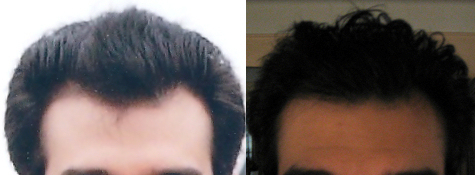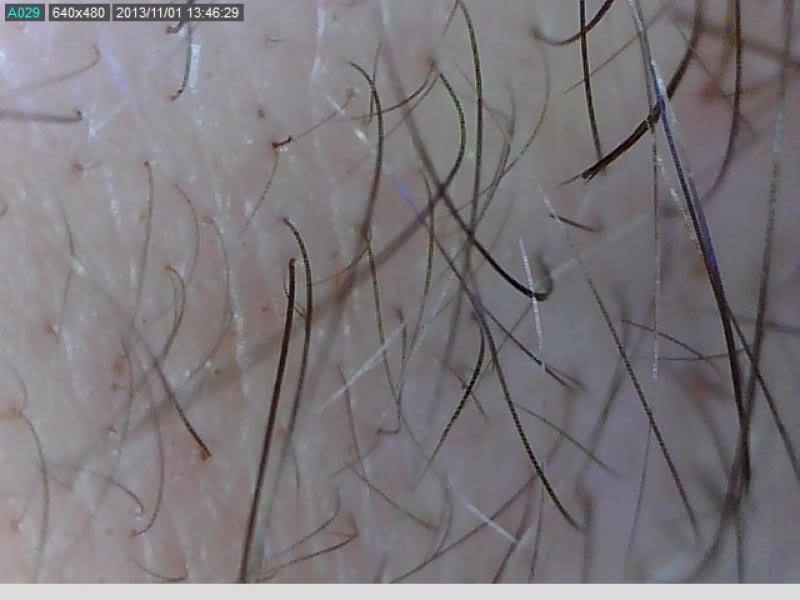Combination of microneedling and glycolic acid peels for the treatment of acne scars in dark skin.
Sharad J.
Source
Skinfiniti the Aesthetic Skin and Laser Clinic, Navi Mumbai, Maharashtra, India.
Abstract
INTRODUCTION:
Acne scars can cause emotional and psychosocial disturbance to the patient. Various modalities have been used for the treatment of acne scars like punch excision, subcision, peels, microdermabrasion, unfractionated and fractioned lasers. The latest in the treatment armamentarium is microneedling. Acne scars commonly coexist with postinflammatory hyperpigmentation.
A combination of microneedling and glycolic acid (GA) peels was found to give excellent results in the treatment of such scars. The aim was to study the efficacy of a combination of microneedling with glycolic peel for the treatment of acne scars in pigmented skin.
METHOD:
Thirty patients in the age group of 20-40 years with atrophic box type or rolling scars with postinflammatory hyperpigmentation were chosen for the study. Two groups were made. The first group comprised of 30 patients in whom only microneedling was performed once in 6 weeks for five sessions. In the second group of 30 patients, a combination of microneedling and 35% GA peels was carried out. Patients from both groups were evaluated on the basis of Echelle d'Evaluation clinique des Cicatrices d'acné classification.
RESULTS:
Based on the objective scoring and its statistical analysis, there was significant improvement in superficial and moderately deep scars (grade 1-3).
There was also improvement in skin texture, reduction in postacne pigmentation in the second group.
CONCLUSION:
Microneedling is a simple, inexpensive office procedure with no downtime. It is safe in Indian skin (skin types III-IV).
The combined sequential treatment with GA peel caused a significant improvement in the acne scars without increasing morbidity.
© 2011 Wiley Periodicals, Inc.
- - - Updated - - -
[h=1]Tocotrienols suppress proinflammatory markers and cyclooxygenase-2 expression in RAW264.7 macrophages.[/h]
Mun-Li Yam,
Sitti Rahma Abdul Hafid,
Hwee-Ming Cheng,
Kalanithi Nesaretnam
Malaysian Palm Oil Board, 6 Persiaran Institusi, Bandar Baru Bangi, 43000, Kajang, Selangor, Malaysia.
Lipids (Impact Factor: 2.56). 09/2009; 44(9):787-97. DOI:10.1007/s11745-009-3326-2 Source:
PubMed
ABSTRACT Tocotrienols are powerful chain breaking antioxidant. Moreover, they are now known to exhibit various non-antioxidant properties such as anti-cancer, neuroprotective and hypocholesterolemic functions. This study was undertaken to investigate the anti-inflammatory effects of tocotrienol-rich fraction (TRF) and individual tocotrienol isoforms namely delta-, gamma-, and alpha-tocotrienol on lipopolysaccharide-stimulated RAW264.7 macrophages. The widely studied vitamin E form, alpha-tocopherol, was used as comparison. Stimulation of RAW264.7 with lipopolysaccharide induced the release of various inflammatory markers. 10 mcirog/ml of TRF and all tocotrienol isoforms significantly inhibited the production of interleukin-6 and nitric oxide. However, only alpha-tocotrienol demonstrated a significant effect in lowering tumor necrosis factor-alpha production. Besides, TRF and all tocotrienol isoforms except gamma-tocotrienol reduced prostaglandin E(2) release. It was accompanied by the down-regulation of cyclooxygenase-2 gene expression by all vitamin E forms except alpha-tocopherol. Collectively, the data suggested that tocotrienols are better anti-inflammatory agents than alpha-tocopherol and the most effective form is delta-tocotrienol.






